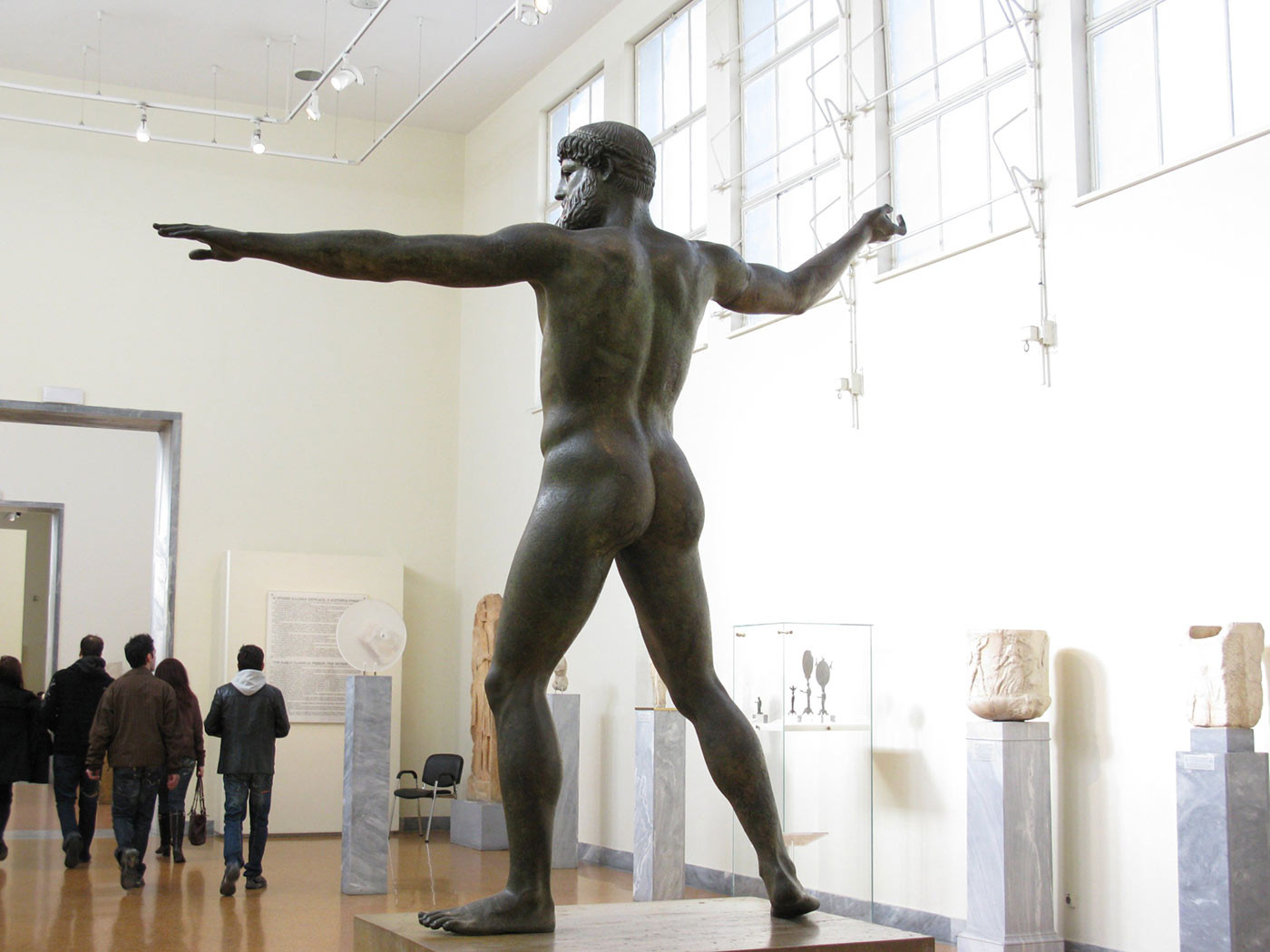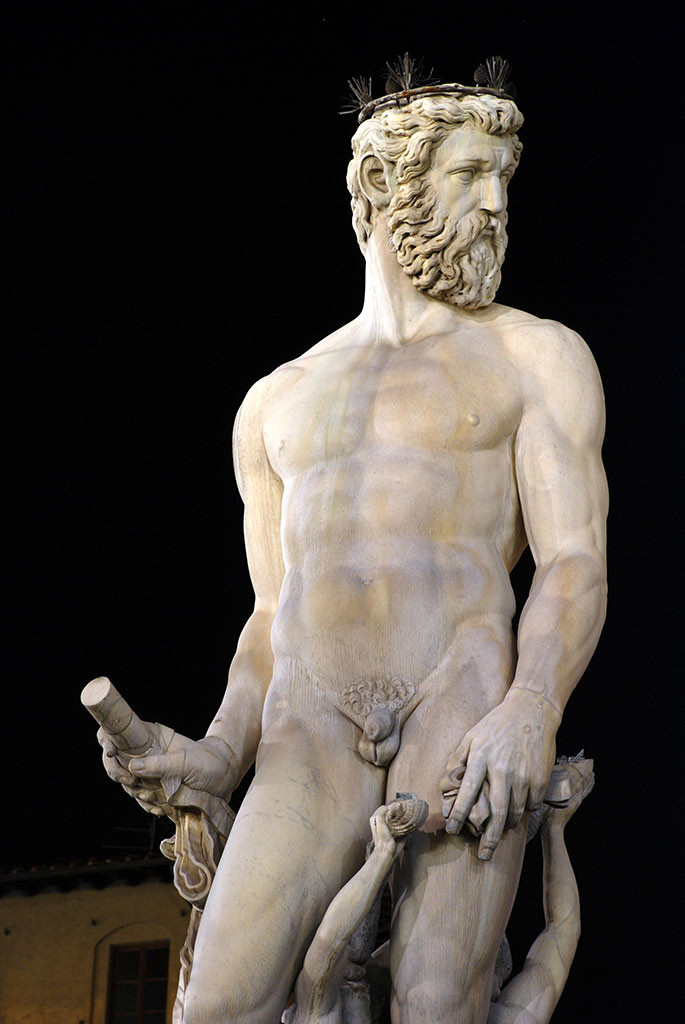This pantheon council would regularly meet to discuss matters concerning the affairs of humans as well as regulating relations among each other. Their ultimate goal was to maintain a balance of power and harmony amongst themselves and bring assistance wherever it was needed in the world.

Zeus is the king of the gods and ruler of Mount Olympus. He is the god of lightning, thunder, law and order and justice. He was the youngest child of the Titans Cronus and Rhea and is husband and brother of Hera. He was known to have had many lovers including mortal women by whon he sired many children. His symbols are the thunderbolt, eagle, lion and scales.
Hera is Zeus wife and sister. She was raised by the Titans Ocean and Tethys. She is the queen of the gods and protector of marriage, childbirth and family, and takes special care of married women. But despite this, she was known to be jealous and vengeful towards the many lovers and offspring of her husband Zeus. Her symbols include the peacock, cuckoo and cow.
Aphrodite was the Olympian goddess of love, beauty, pleasure, passion, fertility, desire and procreation. Depicted as always beautiful, she was accompanied by the winged god Eros (Love), while in classical sculpture she was usually depicted nude.
Athena was the goddess of reason, wisdom, knowledge, defence and strategic warfare. She was reportedly born from Zeus’ head, fully grown and in full body armour. A major figure in the Odyssey, her main temple in Athens bears her name: The Parthenon. The owl and the olive tree are her symbols.
Artemis is the daughter of Zeus and Leto and her twin brother is Apollo. She emerged as the virgin goddess, the goddess of the hunt, the wilderness, archery, and the protector of the young. She also presides over childbirth as her own mother bore her without any pain. Her symbols include the moon and the deer.
Apollo, her brother is one of the most versatile gods in the Greek Pantheon. He is the god of music, poetry, art, medicine, knowledge and is linked to the sun. His appearance is impeccable: a beardless, athletic and youthful figure. His symbol is the lyre.

Poseidon was god of the sea and the most powerful god except for his brother, Zeus. He was known as the protector of all waters and sailors relied upon him for safe passage. He lived in a beautiful palace under the sea and caused earthquakes when he was in a bad temper.
Dionysus was raised by mountain nymphs and that is how he allegedly discovered how to make wine from grape. He is the god of wine, fertility, festivity, ecstasy, madness and resurrection. He is the patron god of theatre. He is also interestingly portrayed both as youthful and as an older man with a beard. He is the youngest god of the Olympians and the only one to have had a mortal mother. His symbols include the grapevine, ivy, and cup among others.
Demeter was the goddess of agriculture, grain and harvest, nature and the seasons. She is perhaps best known as the mother of Persephone by Zeus. What is notably known is that when Persephone was abducted by Hades and taken to his underworld kingdom, Demeter wandered the earth day and night in search of her. The earth became barren through her neglect; thus, the winter season and its manifestations were a reflection of Demeter’s emotional state during Persephone’s absence. Hades eventually relented and allowed Persephone to be with her mother during the spring and summer seasons. Among Demeter’s symbols are wheat and the cornucopia.
Hephaestus is the God of fire, master blacksmith and craftsman of the gods..He is the son of Hera, produced by her without a father, in a show of independence. It is said that Hephaestus was born lame, and disgusted, Hera threw him down from Mount Olympus into the sea where he was brought up by sea goddesses Eurynome and Thetis. He was the husband of Aphrodite. His symbols are fire, the anvil, axe, hammer and quail.
Ares was the god of war, bloodshed and manly virtues. He was the son of Zeus and Hera. From his Latin name Mars, came the name of martial arts. He was disliked by all the other gods. His symbols include the boar, serpent, vulture, spear and shield.
Hermes was the messenger of the gods. He is the god of commerce, travel, communication, eloquence, diplomacy and games. His symbols include the caduceus (staff entwined with two snakes), winged sandals, stork and tortoise.
Hestia is also included in the Olympian Pantheon. She was the goddess of the hearth, home, architecture, domesticity, family, and the state. Both Poseidon and Apollo wanted to marry her, but Hestia made an oath to Zeus that she would remain forever pure and undefiled, never entering into a union with a man. She represented communal security and personal happiness.
Lastly, Tykhe, also known as Tychy, was the Greek goddess of chance, fate and fortune both in a positive and a negative context. Ancient Greeks thought she was the reason for unexpected events in their lives. If someone reaped benefits in life without having to try hard, people said that Tychy gave him her blessing. But when someone worked hard but still had bad luck, they thought this goddess was responsible.
Cover Image Credit: Adeel Anwer